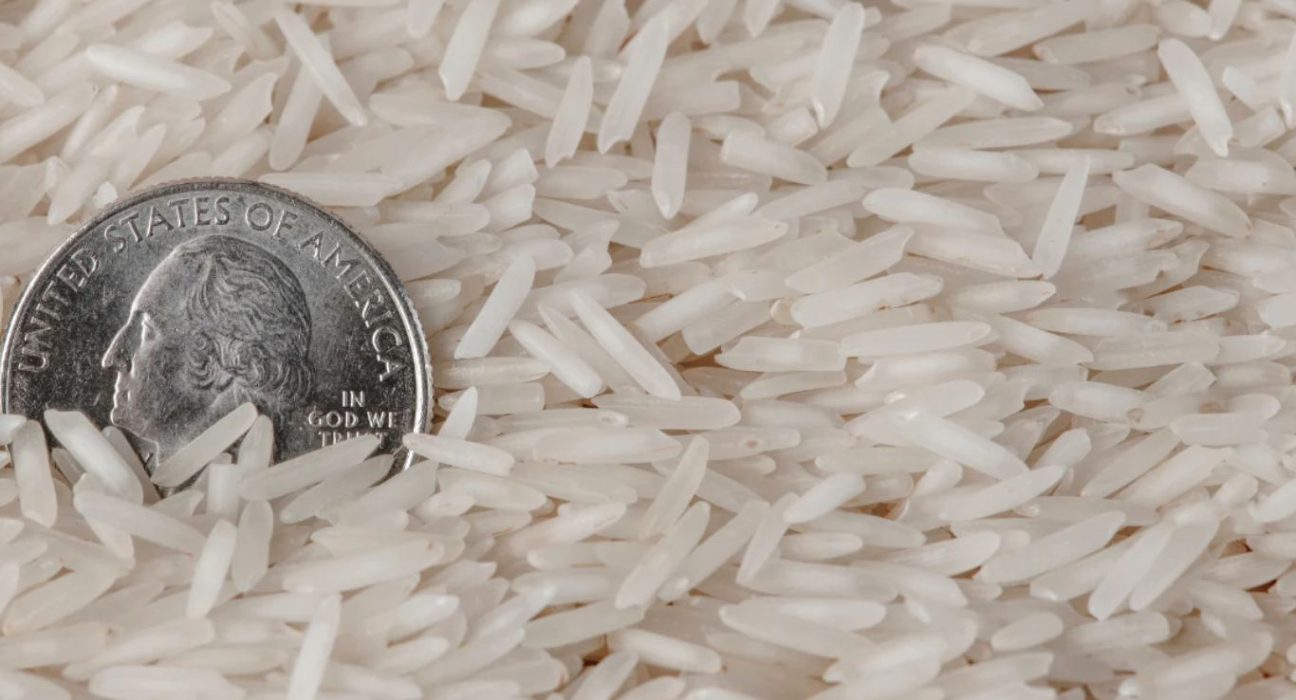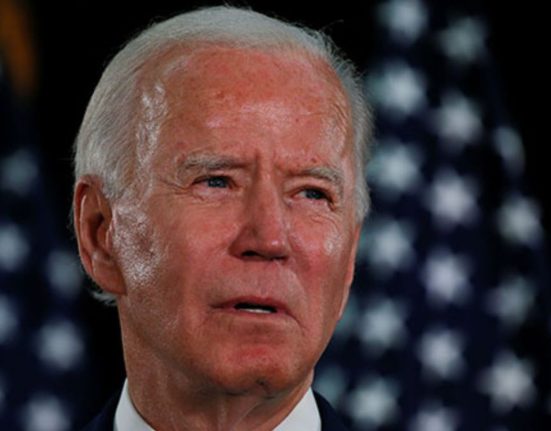Introduction
In a bid to shield its citizens from the looming threat of inflation, the Philippines recently announced a significant measure – the enforcement of price ceilings on rice. This move comes as a response to the escalating cost of rice, which is the country’s primary staple. It is speculated that this spike in rice prices could have contributed to the first inflation acceleration in seven months in August. In this article, we delve into the intricacies of this development, exploring the factors driving it and the potential implications it may hold for the nation’s economy.
The Philippines as a Rice Importer
The Philippines stands as one of the world’s largest importers of rice, relying heavily on external sources to meet its domestic demand. This reliance on imports places the nation in a vulnerable position when global events disrupt the rice market. The recent Russia-Ukraine conflict, coupled with India’s export ban on rice, has added a layer of uncertainty to the already volatile market. Additionally, fluctuating oil prices have further compounded the economic challenges faced by the nation.
Government Action
In light of these pressing concerns, President Ferdinand Marcos Jr. has approved a pivotal step – the establishment of maximum price ceilings for rice. Under this new regulation, regular-milled rice is now capped at 41 pesos per kilogram, a notable reduction from the 42 to 55 pesos range that prevailed just days before in markets around the capital, Manila.
Understanding the Implications
Impact on Consumers
The primary objective of implementing price ceilings on rice is to safeguard consumers from the adverse effects of surging food prices. Rice is a staple in Filipino households, and any significant price increase can severely strain family budgets, especially for low-income households. By enforcing these limits, the government aims to ensure that rice remains affordable and accessible to all citizens.
Stabilizing Inflation
The move is also a strategic attempt to stabilize inflation, which has shown signs of acceleration. Inflation can erode the purchasing power of the population and disrupt economic stability. The Philippines’ central bank has been striving to keep inflation within its target range, and this price ceiling on rice is seen as a critical step in achieving that goal.
Tackling Domestic Price Manipulation
Price manipulation within the domestic market has been a persistent issue in the Philippines. Traders and retailers have sometimes taken advantage of market dynamics to inflate rice prices unfairly. The introduction of price ceilings serves as a deterrent against such practices, ensuring that rice remains affordable and accessible to all segments of society.
Challenges and Concerns
While the implementation of price ceilings on rice is intended to alleviate economic pressures, it is not without its challenges and concerns. Critics argue that these measures may discourage rice producers, as they might not receive fair compensation for their efforts. This could potentially impact the supply of rice in the long run, leading to shortages.
International Implications
The Philippines’ status as a significant rice importer means that its actions can reverberate in the global rice market. The enforcement of price ceilings could lead to reduced demand for imported rice, affecting rice-exporting countries that rely on the Filipino market. This, in turn, may necessitate a reevaluation of global rice trade dynamics.
Conclusion
In conclusion, the Philippines’ decision to implement price ceilings on rice is a response to a complex web of factors, including the Russia-Ukraine conflict, India’s export ban, and volatile oil prices. While the primary goal is to protect consumers and stabilize inflation, it also raises concerns about the long-term impact on rice production and international rice trade dynamics. The government’s actions in the coming months will be closely watched to gauge the effectiveness of these measures in achieving economic stability while ensuring the affordability of this vital staple.










